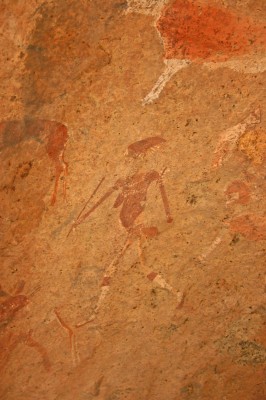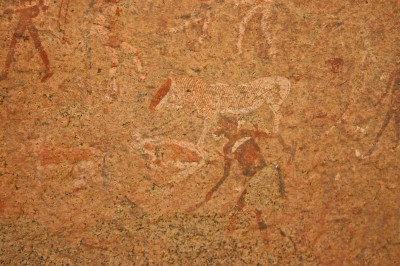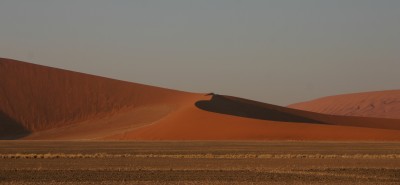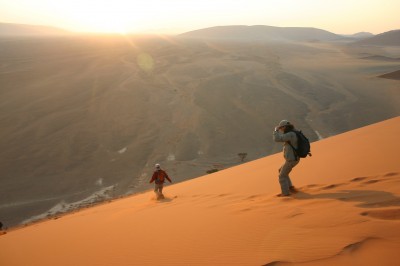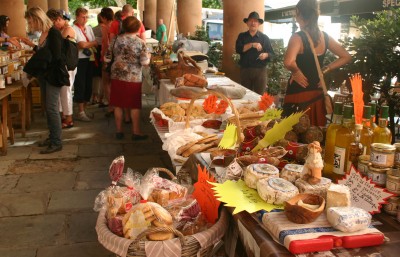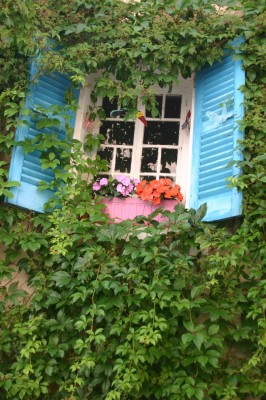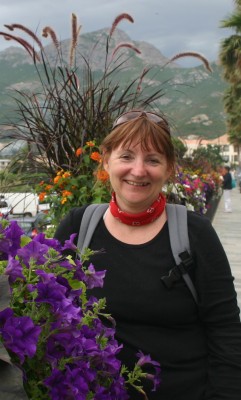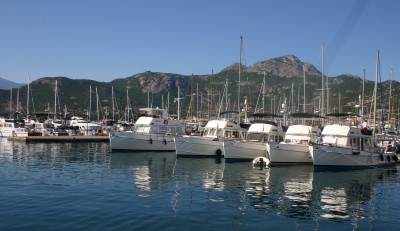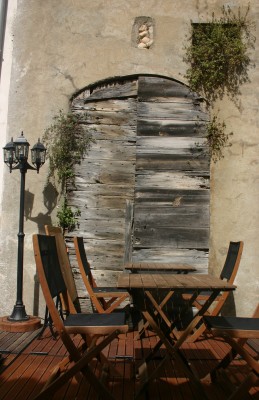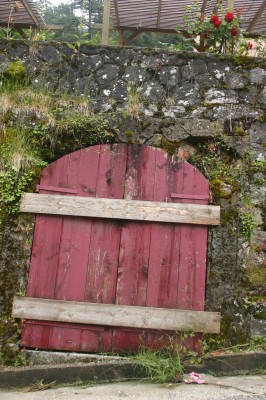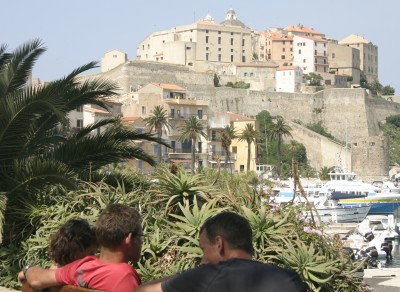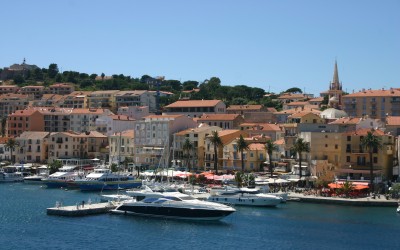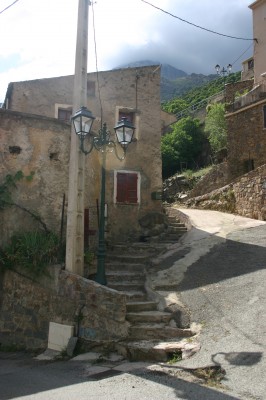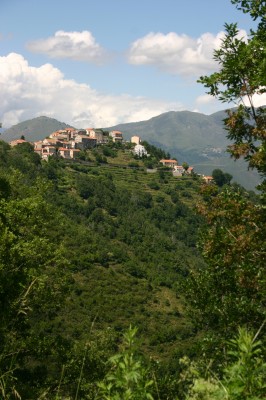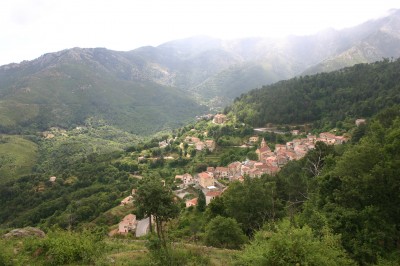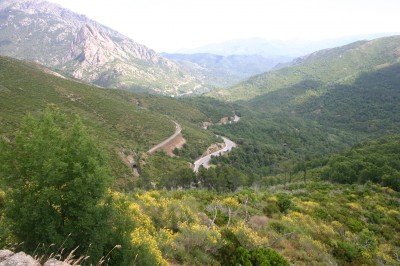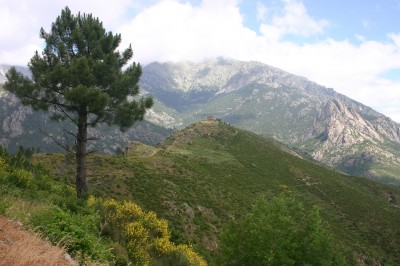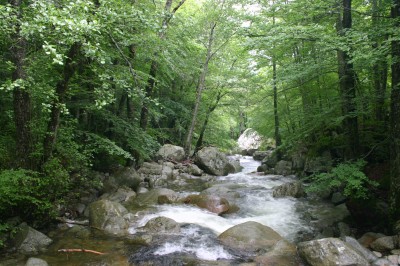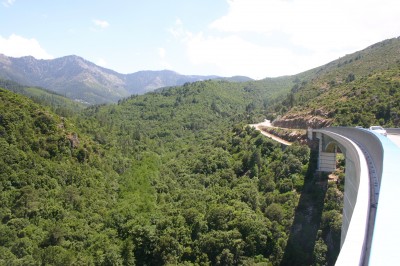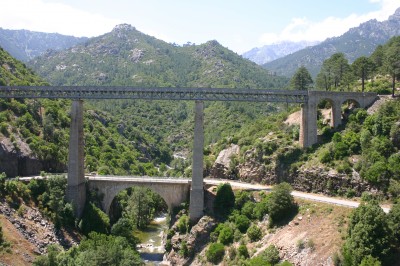Some animals are experts at keeping a low profile with the aid of their colouring. Others, though, seem to raise the flag and say “Look at me!” Birds, in particular, are adept at psychedelic colour combinations and fanciful feather arrangements.
My all time favourite colour show is the lilac-breasted roller. This many-hued bird looks like someone who has had great difficulty deciding which outfit to buy so ends up buying the whole shebang. I can get into that. Indecision can be a real problem. Lilac, deep purple, turquoise, royal blue, emerald green, tan, and cream all rolled into one little bird’s suit. Wow!
Its cousin, the racket-tailed roller, maintains a more subdued colour combination with a light turquoise breast and a brown back. Instead, it has invested in a fancy tail embellishment.
Not to be outdone in the colour department is the little bee-eater. It has a dashing turquoise eyebrow, canary yellow throat, emerald green back and orange belly. Speaking of bellies, how about the crimson boubou? Very striking style! Red is also the in thing with the red-eyed bulbul.
Colour is not everything, though. Patterns, too, set the pace among some of the animal species. Zebras aim to confuse with their black and white stripes that never fail to amaze me. When the zebras in a herd move around, new and ever-changing patterns fall into place like in a toy kaleidoscope.


















